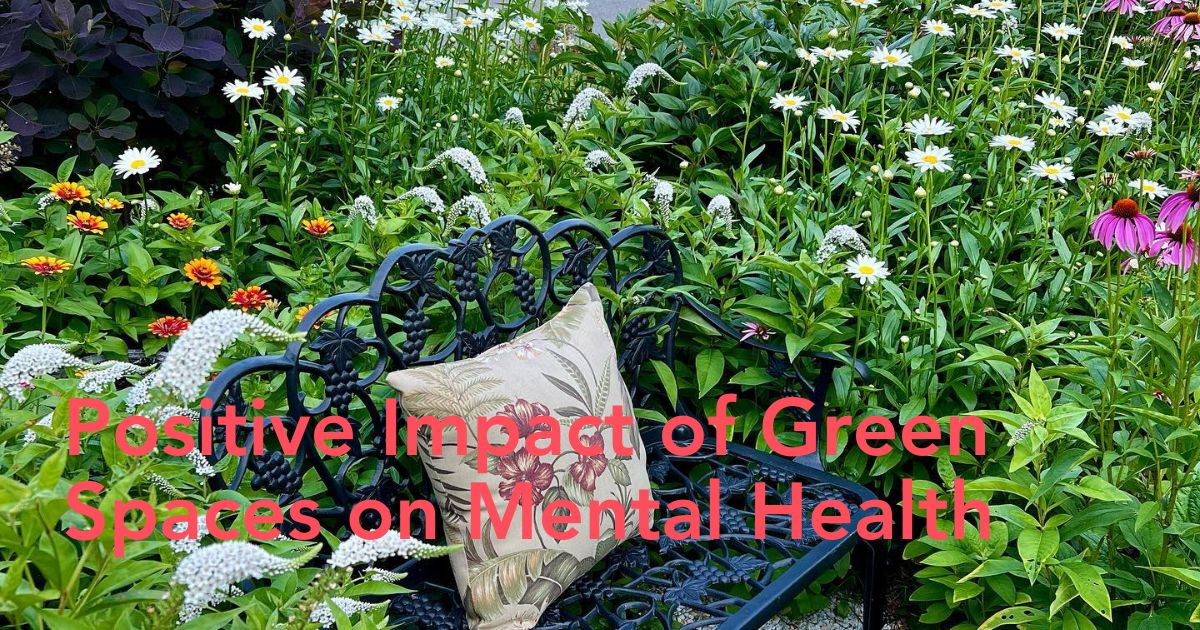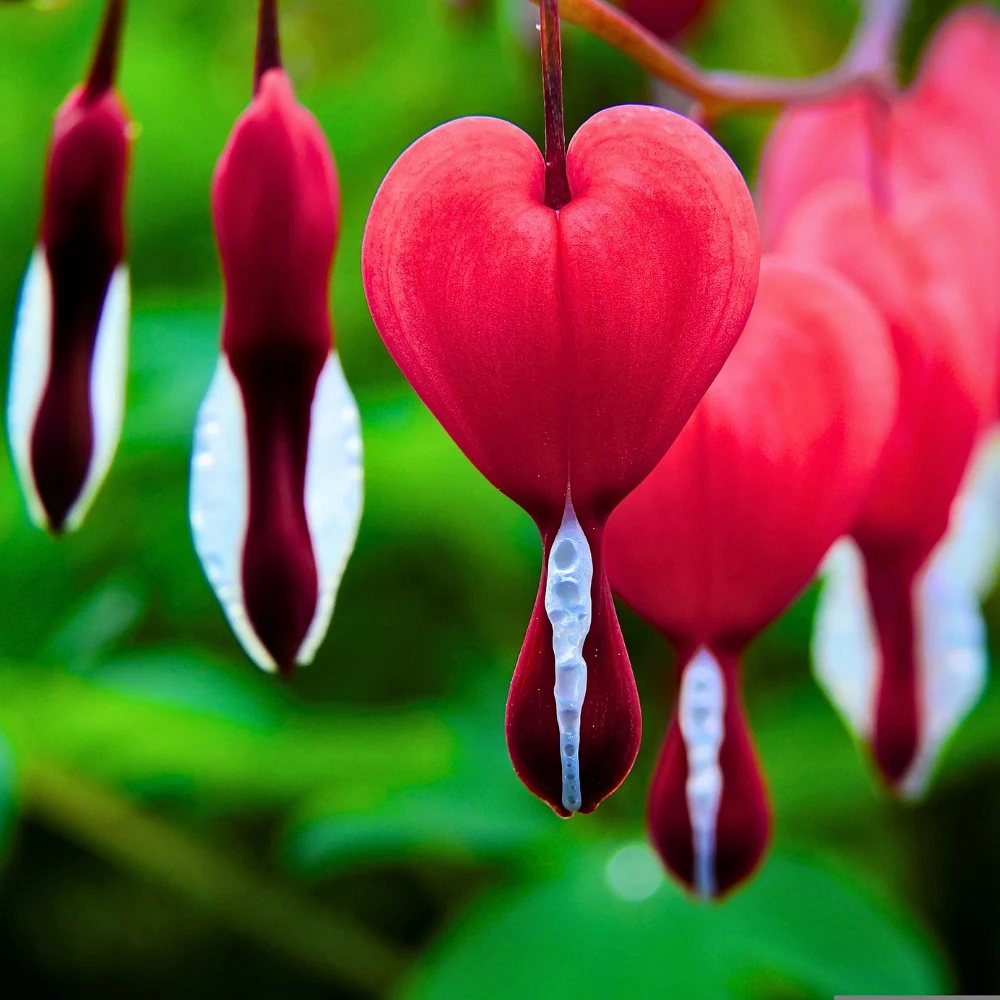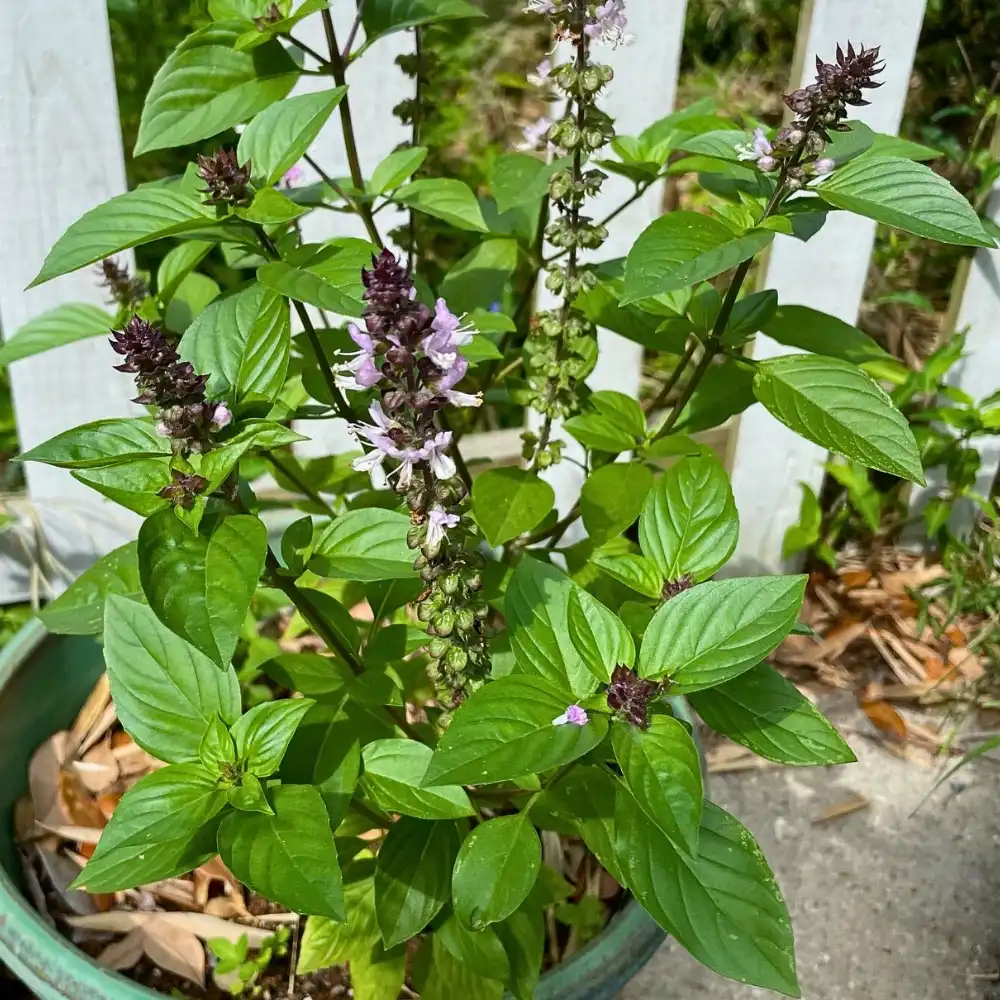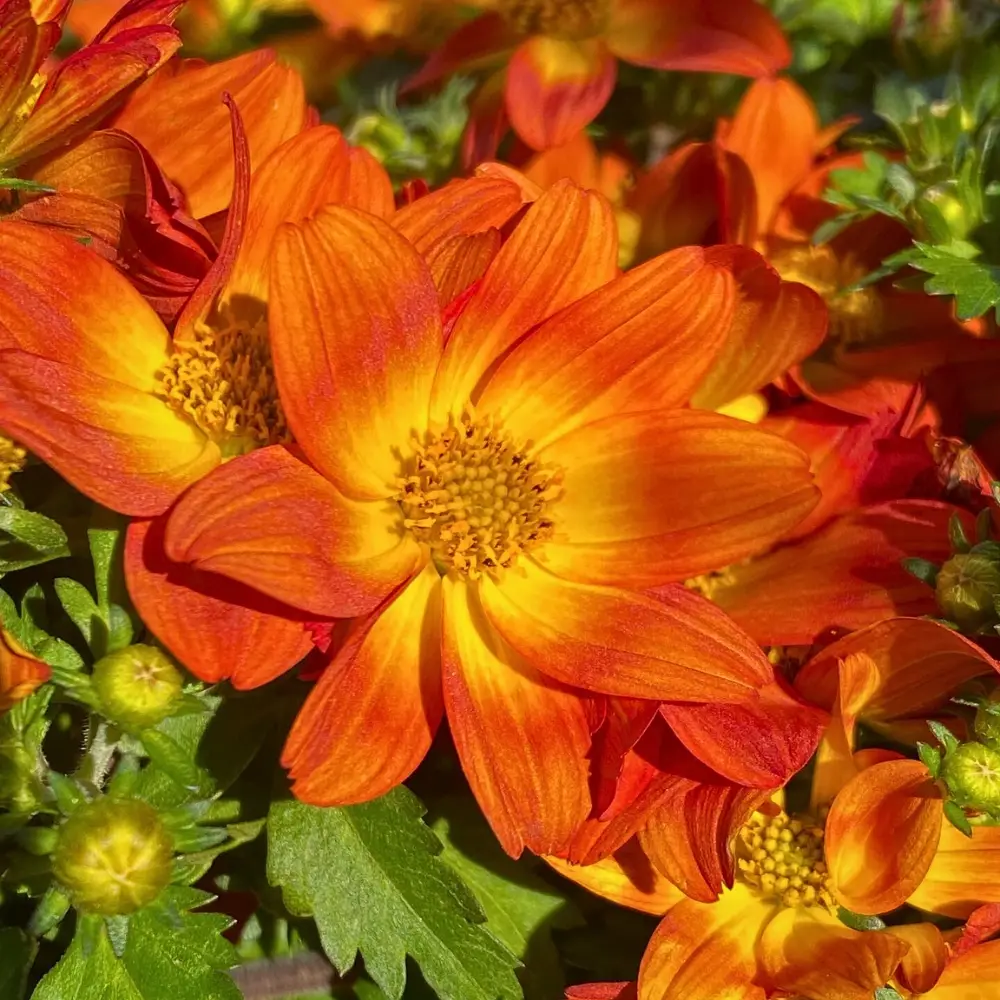Modern life’s demands can weigh heavily on mental well-being, pushing many to seek solace in nature. Research consistently supports the positive impact of green spaces on mental health.
People are turning their backyards into healing gardens, creating sanctuaries that promote peace and recovery. These spaces go beyond simple aesthetics, incorporating sensory elements, therapeutic plants, and mindful designs tailored for relaxation. Here you can read more about gardening trends to look out for in 2024
If you're thinking about creating your own healing garden, this article could help you get started.
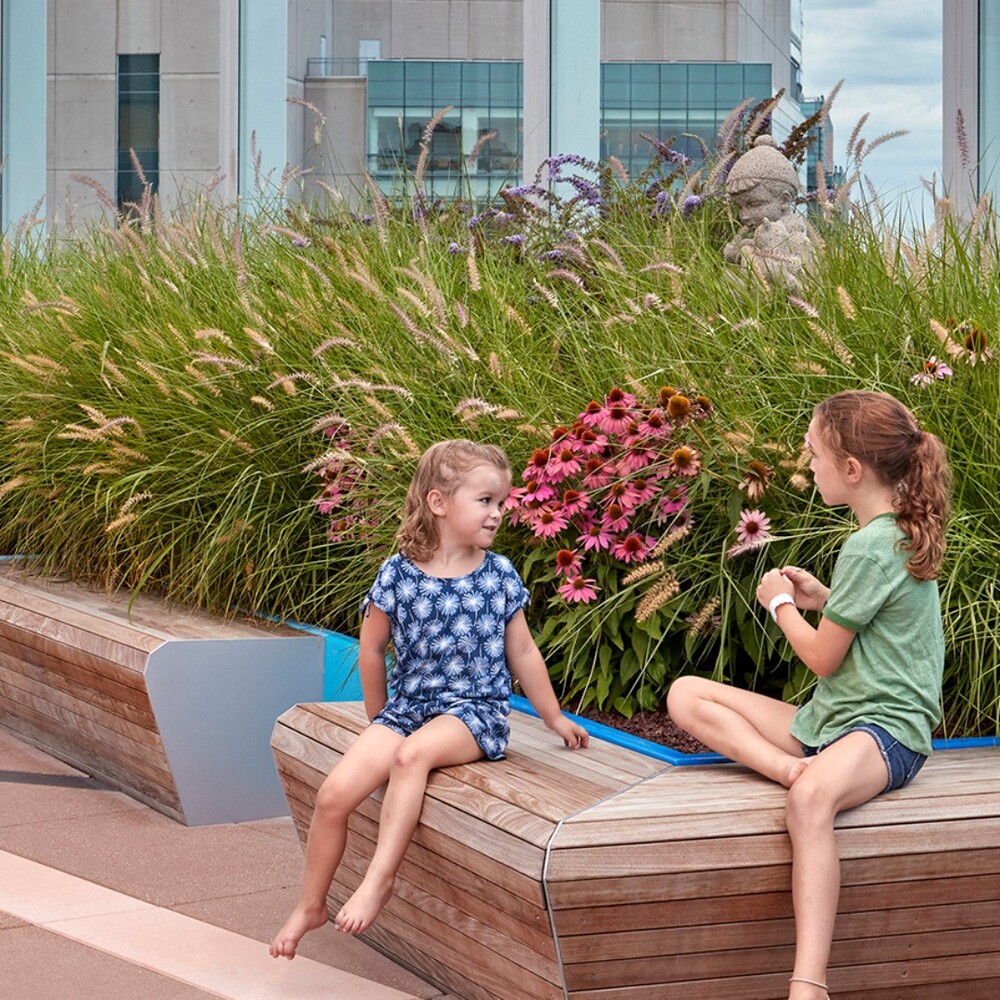
Why Healing Gardens Are Important
Research shows that spending time in nature can minimize stress, lower blood pressure, and improve overall mental health. For instance, a study by the University of Exeter found that people who spend at least two hours per week in green spaces report better psychological well-being.
Healing gardens can be particularly significant for cancer patients. Some facts about lung cancer reveal that patients experience improved mood and reduced anxiety when exposed to natural settings.
This underscores the value of incorporating healing gardens into medical and residential environments. A well-designed green space, with diverse plants, water features, and shaded areas, creates a serene escape from everyday pressures.
Essential Steps for Creating A Healing Garden
Creating a healing garden involves thoughtful planning and careful selection of elements that promote peace and well-being. Here are the essential steps to transform any outdoor space into a therapeutic sanctuary.
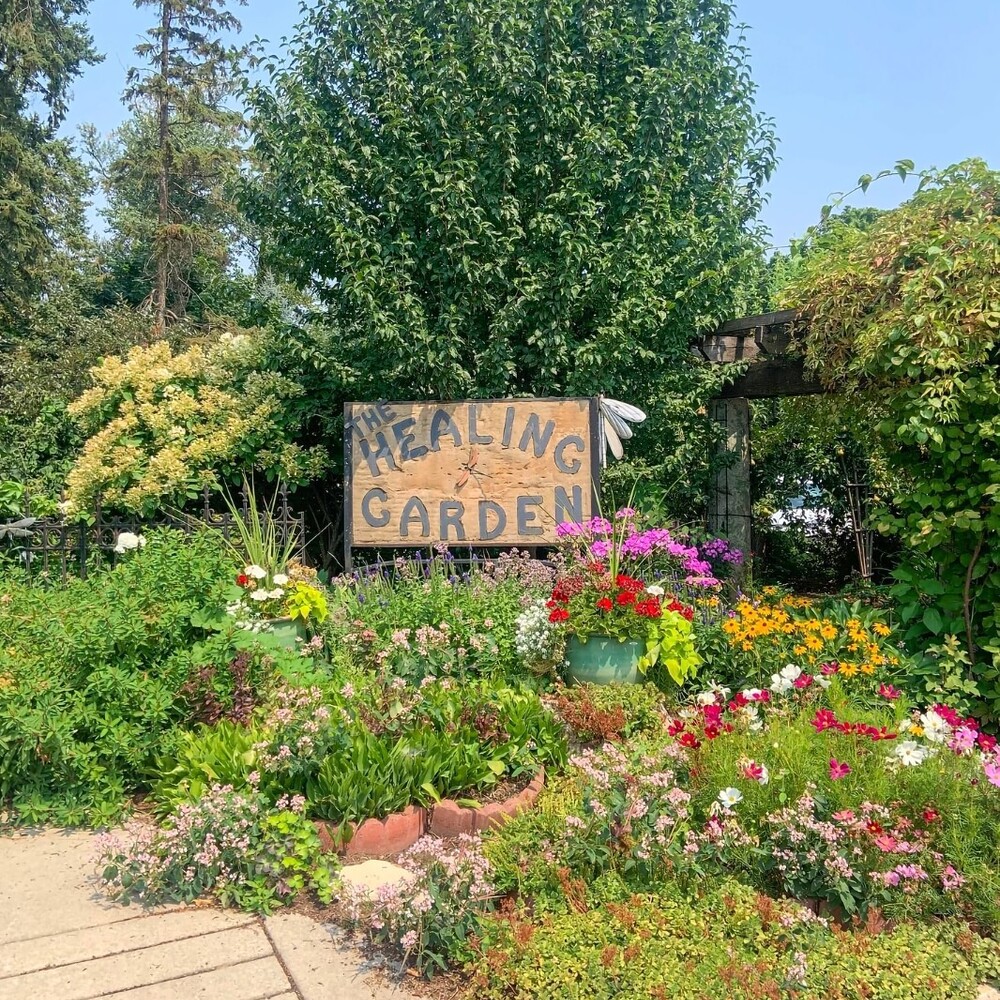
Identify Purpose and Location
The first and most crucial step in creating a healing garden is identifying its purpose and location. Determine the space’s primary goals, whether meditation, social interaction, or therapeutic activities.
Moreover, assess your available space carefully. The right spot should offer privacy to foster a sense of peace and seclusion. It should also be quickly accessible, with clear pathways to encourage regular use.
If possible, choose a place away from traffic noise and other distractions. A balance between sunlit and shaded areas ensures comfort throughout different times of day.
Select Calming Plants
After finding an ideal location for your healing sanctuary, choose plants known for their calming properties. Lavender, chamomile, and jasmine are excellent options due to their soothing fragrances and therapeutic benefits.
You can also include herbs like rosemary and mint in your garden for their sensory appeal and practical uses in teas or aromatherapy. Incorporating various textures and colors can stimulate the senses and provide visual interest.
Additionally, opt for greeneries that require minimal maintenance, ensuring your garden remains a stress-free zone. Native plants often thrive best, reducing the need for extensive care.
Design Pathways for Mindful Walking
Mindful walking can significantly enhance the therapeutic benefits of a healing garden. Creating clear, winding pathways invites leisurely strolls and encourages contemplation.
When designing walkways, use natural materials like gravel, mulch, or stone to blend seamlessly with the environment and provide tactile feedback underfoot. You can also edge footpaths with low-growing plants to create a natural boundary and guide movement.
Paths should be wide enough to accommodate easy movement but not so expansive that they dominate the space. They can also include curves to foster a sense of fluidity and calmness as people navigate through the garden.

Incorporate Water Features
In addition to beautiful pathways, water features can significantly enhance the tranquility of a healing garden. The gentle sound of flowing water enhances relaxation and masks unwanted noise from surrounding areas.
Fountains, small ponds, or even a simple bird bath can add aesthetic value and create focal points within the space. However, when adding these features, consider using natural materials that harmonize with the garden's overall design, such as stones and pebbles.
The maintenance of water features should also be straightforward. So, opt for systems with easy-to-clean components. Solar-powered options can reduce energy consumption, making your garden both sustainable and serene.
Create Seating Areas for Relaxation
Comfortable seating areas can provide places for rest, meditation, or simply enjoying the natural surroundings. Benches, chairs, and hammocks are all excellent options that can be strategically placed throughout the garden.
Ideally, place your seats in shaded spots to offer respite from the sun and encourage prolonged use. Additionally, arrange seating to face visually appealing features like flower beds, water elements, or open spaces, enhancing the calming experience.
Remember that your seats will be in an open space, where they'll be prone to the elements. So, opt for weather-resistant materials such as treated wood, metal, or all-weather wicker.
Add Sensory Elements
A healing garden should engage all senses for a holistic experience. Elements like fragrant flowers, textured plants, and wind chimes can enrich the sensory appeal.
Herbs like thyme and basil release pleasant aromas when touched, creating an interactive environment. You can also use ornamental grasses that sway with the breeze to add movement and sound to your space.
Adding elements such as smooth stones or rough tree bark provides tactile variety. Moreover, colorful blooms attract butterflies and birds, bringing vibrant life into your garden.
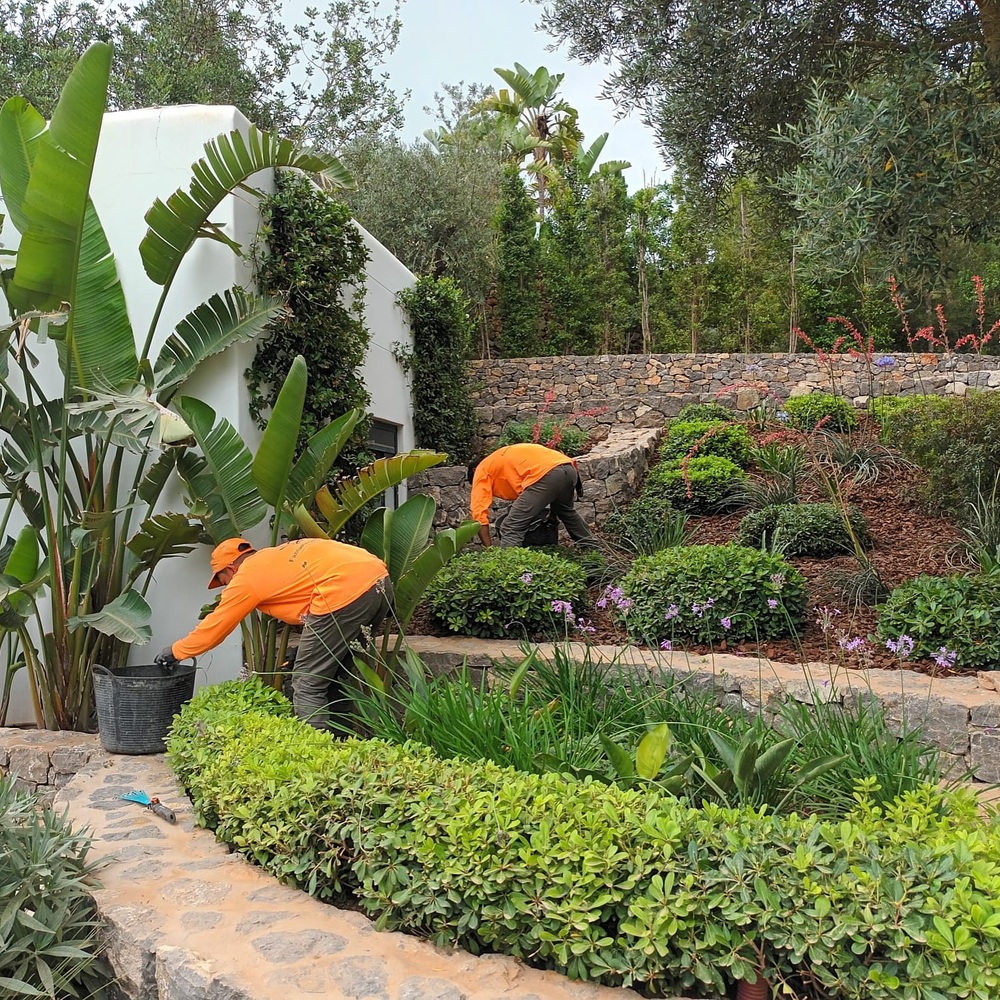
Consider Lighting for Evening Tranquility
If you plan to enjoy your healing garden during the evening, proper lighting is essential. Therefore, strategically place soft, ambient lights along pathways and seating areas to enhance safety.
String lights, lanterns, and solar-powered fixtures are all excellent choices for adding a warm, inviting glow without overwhelming the senses. However, focus on using diffused lighting to avoid harsh glare, ensuring a soothing atmosphere as daylight fades.
Lighting can hurt your utility bills if not chosen wisely. Opt for energy-efficient options to keep costs low and environmental impact minimal.
Plan for Maintenance and Care
Creating your garden is an initial step to ongoing well-being. To enjoy the benefits long-term, you must establish a manageable maintenance plan.
An excellent healing garden care process begins at the initial stage of the design when selecting low-maintenance plants and materials. Native species generally require less water and care, making them ideal for sustained health.
Additionally, install an efficient irrigation system to ensure your plants receive consistent watering without requiring daily attention. Scheduling regular check-ups for pest control and pruning will also keep the garden in top condition.
Parting Shot
A healing garden offers more than just a visual treat. It’s a personal sanctuary where the mind and body can rejuvenate. As you cultivate this peaceful haven, you’ll find that each step in its creation fosters a deeper connection to nature. Embrace the tranquility and let your garden grow as an extension of your journey toward mental well-being.

